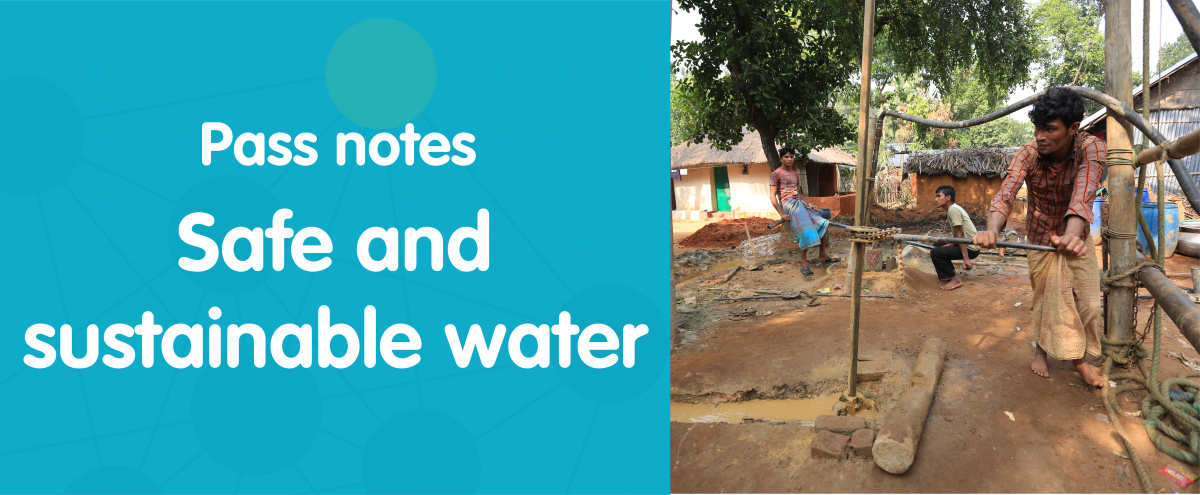
Water sustainability? Is this about making sure my pipes are maintained? Not quite
Published on: 06/03/2019
Tell me more. Well, although there has been a lot of development in drinking water services over the last 50 years particularly in Latin America and East Asia, this has not been consistent across the developing world.
Where in particular? In much of Africa and South Asia they continue to struggle with failing urban water systems, broken hand pumps and endemic waterborne disease.
But what are they doing differently in Latin America and East Asia? A lot of the improvement has come through the development of effective regulatory frameworks, strong leadership and productive community engagement.
A regulatory what now? A regulatory framework is made up of all the relevant rules, laws and regulatory bodies that define the procedures that need to be followed to deliver a safe and sustainable service.
Ah! Sustainability again Yes, because due to the poor sustainability of rural water supply efforts various models are emerging to address critical operational and maintenance challenges.
But don't we pay for that? I'm glad you said that, unfortunately the user fees generated from supplying water is not always enough to support the operations and maintenance
Oh. So what are we doing about it? There is an increasing interest in public-private partnerships and subsidised financing to promote rural water supply functionality.
Say again? A combination of money from private business and public sector (government) to reduce the cost of getting loans (e.g. reducing interest rates) in order to encourage investment in rural water supply which typically offers a lower return over a longer period than urban supply.
So more handpumps in a village then? Well actually no, there is increasing demand for piped water infrastructure, not to mention the wealth of evidence for public health benefits of piped drinking water which is treated and protected from contamination.
How do you make sure such water stays safe in a rural area though? Normally water quality monitoring is carried out, but in low resource settings this can be difficult due to the significant recurring costs. This is where Water Safety Planning can help by moving the focus of monitoring from front-line measurement towards verification of management practices designed to reduce contamination.
This is all sounding very expensive? Yes, and it will require significant innovation to address the technical, financial and management requirements for constructing and maintaining small piped distribution networks.
How do I find out more? In the side sessions during the systems symposium, we'll be learning more about this very topic
Tell me more! We start by learning more about the experience in Latin America and then about water safety planning before diving into the hot topic of why rural water is so hard. We then look at lessons from East Asia before exploring other options for water access like self-supply. Finally, we look at the piped water dream and innovating in rural water maintenance.
Do say: Piped water for everyone shouldn't be a pipe dream!
Don't say: Just call the plumber
At IRC we have strong opinions and we value honest and frank discussion, so you won't be surprised to hear that not all the opinions on this site represent our official policy.